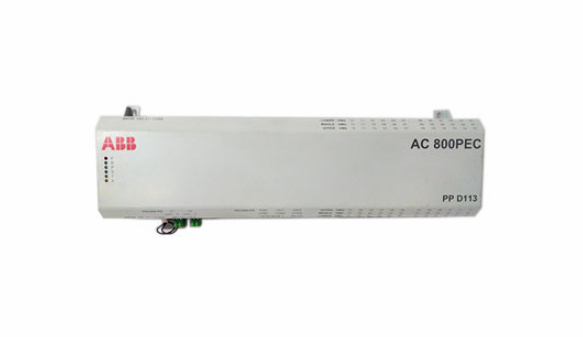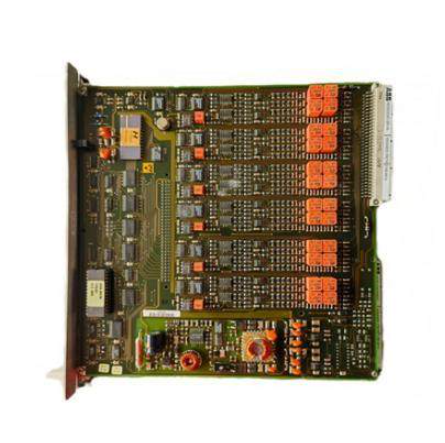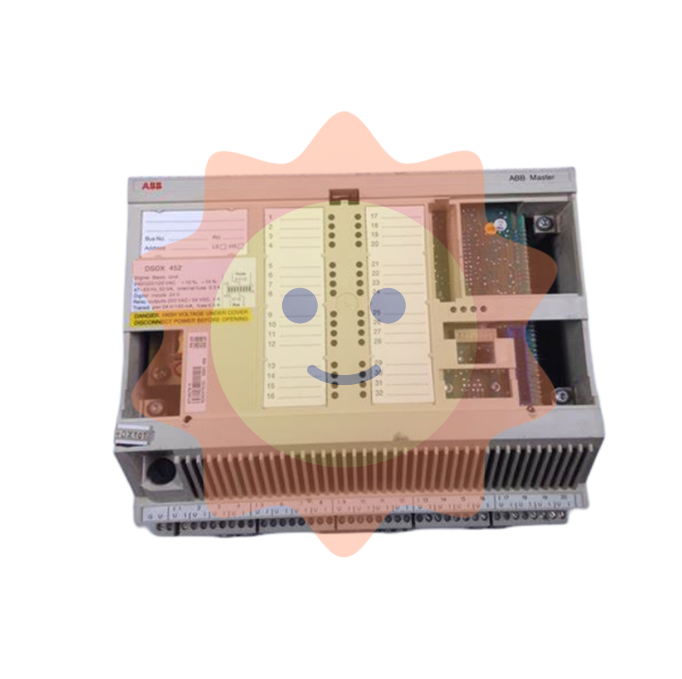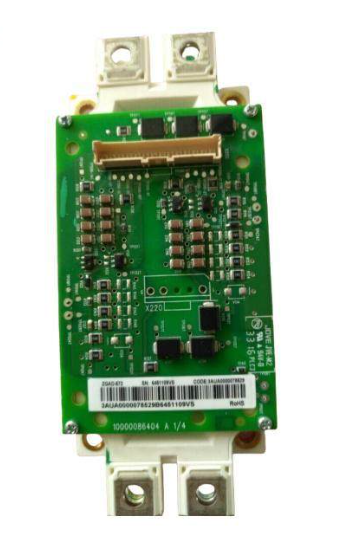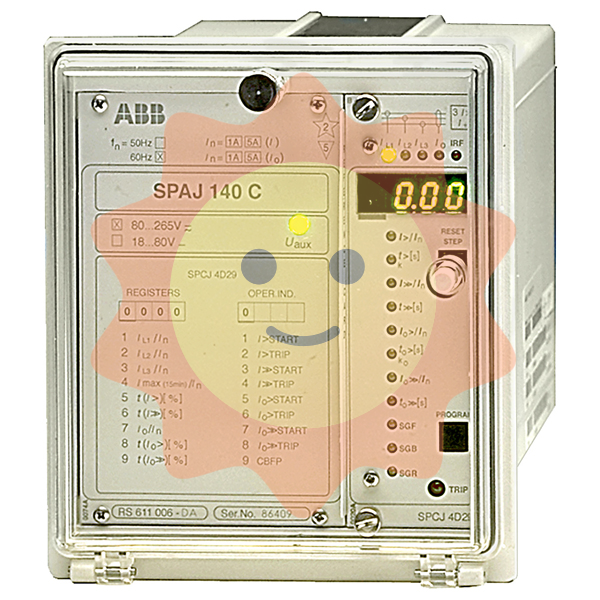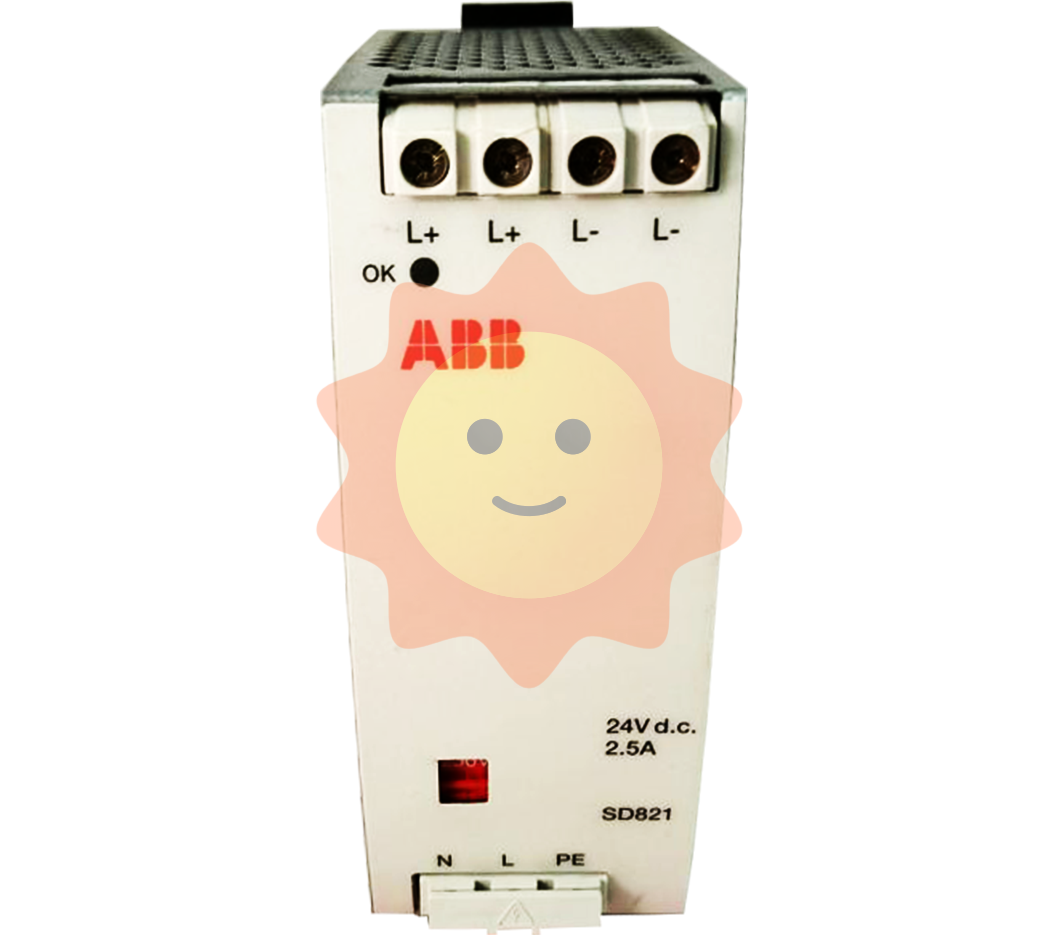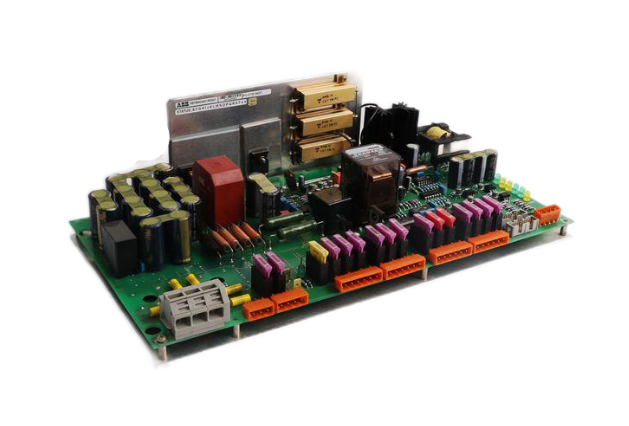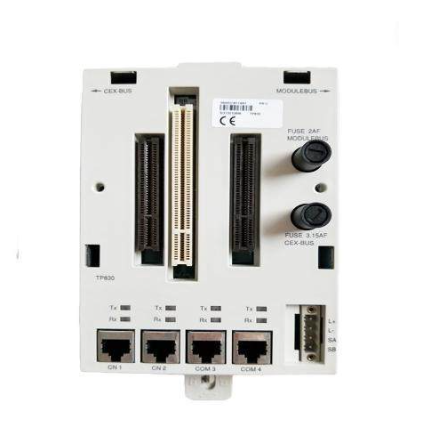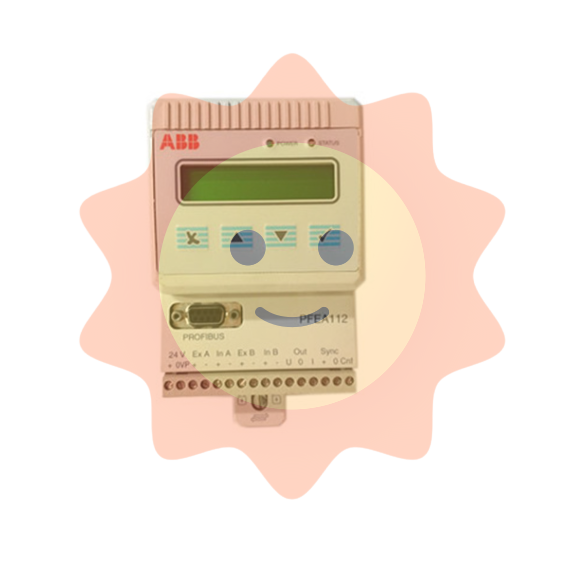Hydrogen Production from renewable sources?
0 Introduction
If the hydrogen energy industry wants to develop, it must first solve the problem of sources. At present, according to the way hydrogen is obtained, it can be mainly divided into gray hydrogen, blue hydrogen and green hydrogen. Large-scale hydrogen production basically relies on fossil energy, mainly divided into natural gas reforming hydrogen production and coal gasification hydrogen production, such as these hydrogen production methods, generally known as blue hydrogen. To achieve the whole process of hydrogen energy renewable and clean, it is necessary to use renewable electricity or nuclear energy to produce green hydrogen to achieve.
At this stage, biomass energy, wind energy, solar energy and other renewable energy has developed rapidly, especially solar energy, thanks to the development of technology, the cost of photovoltaic power generation has fallen sharply, and cheap electricity can be obtained through photovoltaic power generation and other ways, so the combination of renewable energy and hydrogen energy, to achieve the whole process of zero carbon emissions become possible. This is also the key to hydrogen as a future clean energy, so the study of hydrogen production from renewable energy is very important for the development of hydrogen energy.
Renewable energy and hydrogen energy combined to achieve zero carbon emissions in the whole process of large-scale hydrogen production mainly by the following ways: electrolytic water hydrogen production (PEM), biomass energy hydrogen production, thermochemical cycle hydrogen production.
1, electrolysis of water to produce hydrogen
The water electrolysis hydrogen production device generally needs to be composed of water electrolyzer, gas-liquid separator, gas scrubber, electrolyte circulation pump, pressure regulator, measurement and control instrument and power supply equipment.
Hydrogen production by water electrolysis is considered to be the development direction of hydrogen production in the future, especially the use of renewable energy electrolytic water to produce hydrogen, with the potential to transfer a large number of renewable energy electricity to the difficult deep decarbonization of industrial sectors, has become the direction and focus of countries.

Because the efficiency of coal-fired power generation is 30 ~ 45%, the efficiency of electrolytic water is 70 ~ 80%, and the electricity generated by coal-fired power generation is electrolytic water, the overall efficiency of electrolytic water is low, only 20 ~ 35%. Therefore, the use of coal power generation electrolytic water to produce hydrogen is obviously not enough economic and environmental protection.
The principle of electrolytic water hydrogen production is very simple, the theoretical electrolytic voltage of water is 1.23V, so that water can be decomposed, the voltage on the electrode must be greater than the theoretical decomposition voltage of water.
At present, the industrial equipment for electrolyzing water can be divided into: alkaline electrolyzer, solid oxide electrolyzer, polymer film electrolyzer; Electrolytes mainly include alkaline electrolyte and polymer solid electrolyte.
(1) Alkaline electrolyzer: unipolar electrolyzer, bipolar electrolyzer
The single-pole electrolytic cell adopts the mode of parallel electrodes, and the Yin and Yang in the cell are parallel, upright and staggered. Anode and cathode, cathode and cathode are connected in parallel. A gas diaphragm is arranged between the cathode and the anode.
Bipolar electrolytic cell adopts series electrode mode, compact structure, less resistance loss, parallel electrode plate, upright. The electrode is bipolar, one side is a cathode, one side is an anode, and the middle of the two adjacent plates is a diaphragm.
(2) Solid oxide electrolyzer
It can work under high temperature conditions (1000℃), and part of the energy can be provided by heat energy, so the efficiency is high, and the comprehensive waste heat utilization can reach 90%. But the cost is relatively high.
(3) Polymer film electrolyzer (PEM)
PEM water electrolysis hydrogen production technology has the advantage of quick start-stop and can match the volatility of renewable energy generation
Different from alkaline electrolytic water hydrogen production, PEM electrolytic water hydrogen production uses perfluorosulfonic acid proton exchange membrane with good chemical stability, proton conductivity and gas separation as a solid electrolyte to replace asbestos film, which can effectively prevent electron transfer and improve the safety of electrolytic cell. The main components of PEM water electrolyzer are proton exchange membrane, anode and cathode catalytic layer, anode and cathode gas diffusion layer, anode and cathode extreme plate, etc. Among them, the diffusion layer, the catalytic layer and the proton exchange membrane constitute the membrane electrode, which is the main site of the material transmission and electrochemical reaction of the whole water electrolyzer. The characteristics and structure of the membrane electrode directly affect the performance and life of the PEM water electrolyzer. The proton exchange membrane usually consists of a Nafion membrane that transports H+ protons to the cathode.
- EMERSON
- Honeywell
- CTI
- Rolls-Royce
- General Electric
- Woodward
- Yaskawa
- xYCOM
- Motorola
- Siemens
- Rockwell
- ABB
- B&R
- HIMA
- Construction site
- electricity
- Automobile market
- PLC
- DCS
- Motor drivers
- VSD
- Implications
- cement
- CO2
- CEM
- methane
- Artificial intelligence
- Titanic
- Solar energy
- Hydrogen fuel cell
- Hydrogen and fuel cells
- Hydrogen and oxygen fuel cells
- tyre
- Chemical fiber
- dynamo
- corpuscle
- Pulp and paper
- printing
- fossil
- FANUC
- Food and beverage
- Life science
- Sewage treatment
- Personal care
- electricity
- boats
- infrastructure
- Automobile industry
- metallurgy
- Nuclear power generation
- Geothermal power generation
- Water and wastewater
- Infrastructure construction
- Mine hazard
- steel
- papermaking
- Natural gas industry
- Infrastructure construction
- Power and energy
- Rubber and plastic
- Renewable energy
- pharmacy
- mining
- Plastic industry
- Schneider
- Kongsberg
- NI
- Wind energy
- International petroleum
- International new energy network
- gas
- WATLOW
- ProSoft
- SEW
- wind
- ADVANCED
- Reliance
- YOKOGAWA
- TRICONEX
- FOXBORO
- METSO
- MAN
- Advantest
- ADVANCED
- ALSTOM
- Control Wave
- AB
- AMAT
- STUDER
- KONGSBERG
- MOTOROLA
- DANAHER MOTION
- Bently
- Galil
- EATON
- MOLEX
- Triconex
- DEIF
- B&W
- ZYGO
- Aerotech
- DANFOSS
- KOLLMORGEN
- Beijer
- Endress+Hauser
- MOOG
- KB
- Moxa
- Rexroth


Email:wang@kongjiangauto.com
























































































